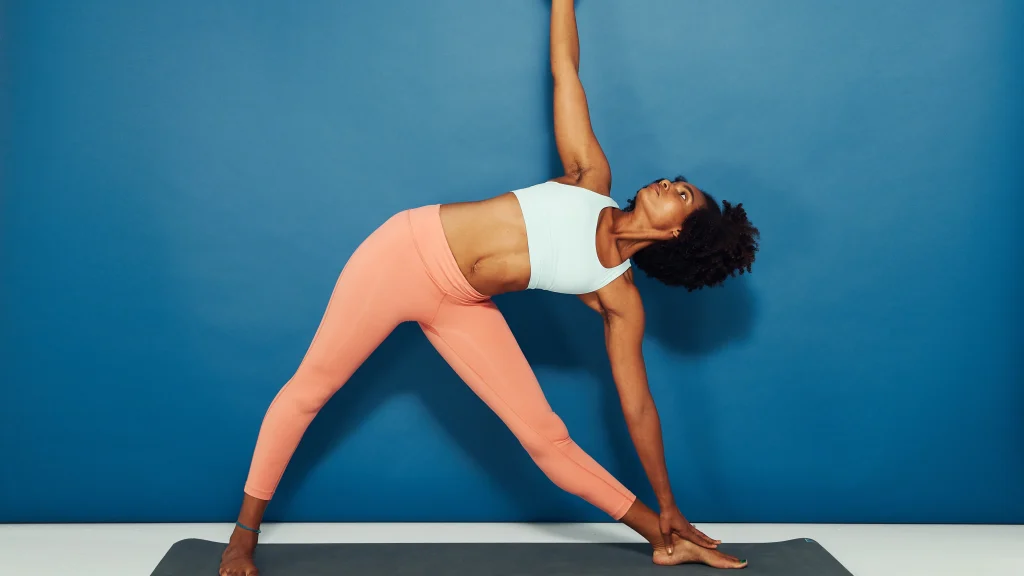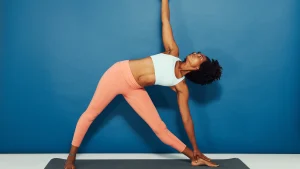Yoga for Beginners: Poses to Start With

Yoga is more than just a form of exercise; it’s a holistic practice that nurtures both the body and mind. For beginners, stepping onto the yoga mat can feel intimidating, especially when confronted with complex poses or the expectation of flexibility. The good news is that yoga is highly adaptable, and anyone can start reaping its benefits, regardless of age or fitness level. This article will guide beginners through essential yoga poses to start with, helping you build confidence, strength, and mindfulness.
The Benefits of Yoga for Beginners

Starting a yoga practice offers a range of physical and mental benefits. Physically, yoga improves flexibility, strengthens muscles, enhances posture, and supports joint health. It also promotes better balance and coordination, which can prevent injuries and improve overall mobility. Mentally, yoga encourages mindfulness and relaxation, reducing stress and anxiety while enhancing focus and clarity. For beginners, the key is consistency and patience; even a few minutes of daily practice can produce noticeable benefits over time.
Preparing for Your Yoga Practice
Before diving into specific poses, it’s essential to prepare properly. Wear comfortable clothing that allows freedom of movement and have a yoga mat or non-slip surface. Find a quiet space free from distractions, where you can focus on your practice. Start each session with a few minutes of deep breathing or meditation to center your mind and body. Remember, yoga is not a competition—listen to your body, move slowly, and avoid pushing beyond your comfort level.
Foundational Yoga Poses for Beginners

1. Mountain Pose (Tadasana)
Mountain Pose may seem simple, but it is the foundation of all standing poses. Stand with your feet hip-width apart, arms at your sides, and weight evenly distributed. Engage your thighs, lengthen your spine, and roll your shoulders back gently. Close your eyes and take deep breaths. This pose improves posture, strengthens your legs, and cultivates body awareness.
2. Downward-Facing Dog (Adho Mukha Svanasana)
Downward-Facing Dog is a staple in many yoga sequences. Begin on your hands and knees, then lift your hips toward the ceiling, forming an inverted “V” shape. Keep your hands shoulder-width apart and feet hip-width apart. Press your heels toward the floor and relax your neck. This pose stretches the hamstrings, calves, and shoulders while strengthening the arms and core.
3. Cat-Cow Stretch (Marjaryasana-Bitilasana)
The Cat-Cow Stretch is excellent for warming up the spine. Start on your hands and knees, with your wrists under your shoulders and knees under your hips. Inhale as you arch your back, lifting your head and tailbone (Cow Pose). Exhale as you round your spine, tucking your chin and tailbone (Cat Pose). Repeat several times to increase spinal flexibility and release tension in the back.
4. Child’s Pose (Balasana)
Child’s Pose is a restful pose that can be used throughout your practice. Kneel on the floor, sit back on your heels, and fold forward, resting your forehead on the mat. Extend your arms in front or alongside your body. This pose gently stretches the hips, thighs, and ankles while promoting relaxation and calmness.
5. Warrior I (Virabhadrasana I)
Warrior I builds strength and stability in the legs and core. Step one foot forward into a lunge, keeping the back foot angled slightly outward. Raise your arms overhead, lengthening through your spine. Bend your front knee while keeping the back leg strong and straight. Warrior I improves balance, endurance, and mental focus, making it an empowering pose for beginners.
6. Tree Pose (Vrksasana)
Tree Pose enhances balance and concentration. Stand on one leg, placing the sole of your opposite foot on your inner thigh or calf (avoid the knee). Bring your hands together at your heart or extend them overhead. Focus on a point in front of you to maintain stability. Tree Pose strengthens the legs, core, and improves mental focus.
Tips for a Successful Yoga Practice
- Start Slow: Begin with 15–20 minutes per day and gradually increase your practice.
- Focus on Breath: Yoga is as much about breathing as movement. Coordinate your breath with each pose.
- Use Props: Blocks, straps, or cushions can help modify poses and make them more accessible.
- Be Patient: Progress takes time. Celebrate small improvements in flexibility, strength, and balance.
- Consistency Matters: Regular practice is more effective than occasional long sessions.
Conclusion
Yoga for beginners is about laying a solid foundation while honoring your body’s limits. Poses like Mountain Pose, Downward-Facing Dog, Cat-Cow Stretch, Child’s Pose, Warrior I, and Tree Pose provide a perfect starting point. By integrating these poses into your daily routine, you can build strength, flexibility, and mental clarity while cultivating a lifelong yoga practice. Remember, yoga is a journey, not a destination. Start gently, stay consistent, and enjoy the transformation that comes from connecting your mind, body, and breath.

